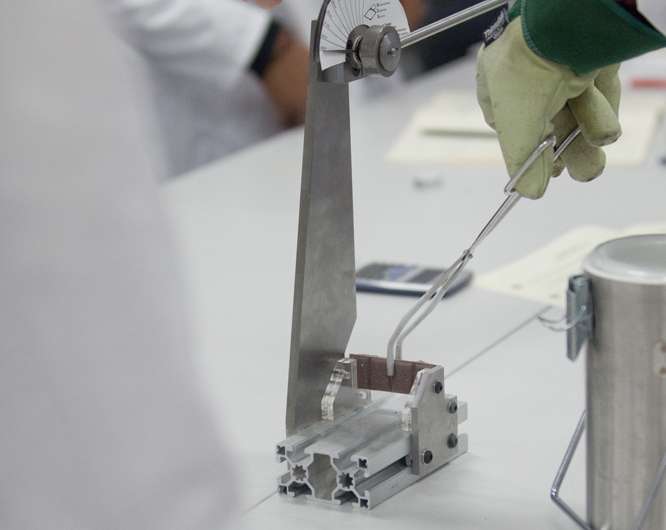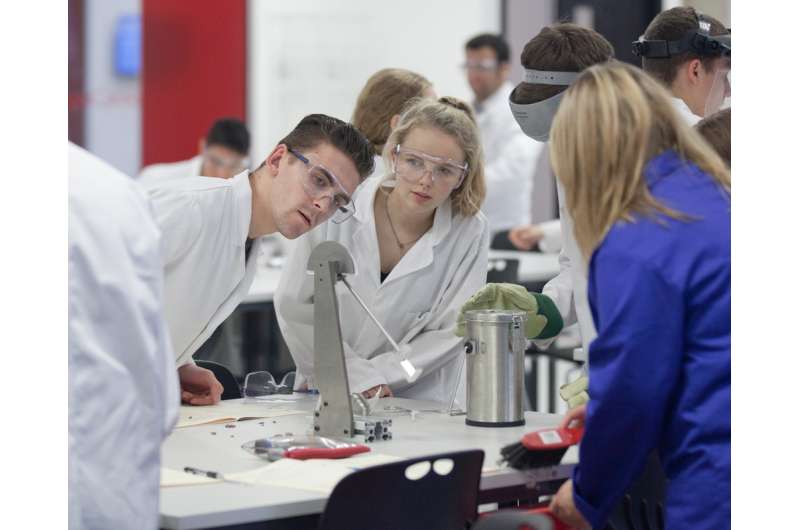A sweeter way of teaching health and safety

A new study shows using chocolate as a test material in experimental, hands-on practical work increases student engagement. It provides a much better way than previous methods for helping students understand the importance of health and safety in their ongoing studies and future careers.
Health and Safety is traditionally a difficult and dry subject to get across to students, especially early in their university program. First year students struggle to see the relevance of key hazard control techniques such as risk assessment and are more enthusiastic to proceed with the practical aspects of the work.
The adoption of chocolate is part of the practical 'Danger Lab', designed to introduce students of all levels of skill and experience to the practice of designing their own experiment, assessing the dangers and hazards associated with it, and to reinforce the basic concept of a safety culture - that of individual responsibility. The experiment sees students measure the toughness of chocolate, how hard it is to break, at room temperature and then how it changes by dipping it in liquid nitrogen, -196 degrees Celsius.
Dr Julian Dean, Senior Lecturer and co-creator of Danger Lab said "Trialling the concept in the Department, we saw a significant increase in student engagement, with the basic principles reinforced when they entered the laboratories for their core practical sessions."

"The use of chocolate as the test material in the risk assessment is an attractive lure to performing the experiment, but the use of liquid nitrogen puts the student on the back foot making them cautious. Students perceive real risk in an environment that appears fraught with danger, but which is actually carefully controlled."
First year undergraduate student Jason Burnap said "Explanations as to how a risk assessment is conducted and the importance of carrying out such protocols were made clear and concise by the teachers. The laboratory activity (Charpy testing) was also fun to do, and I learnt a lot about the property "fracture toughness" from performing the experiment."
Professor Stephen Beck, Head of Multidisciplinary Engineering Education in The Diamond, said "From a technical management perspective these introductory Danger Labs fulfil a critical role, laying the seeds for future benefits when this first year cohort progresses to carry out more student led activities, project work and research programs. The Diamond aims to create a new generation of Sheffield graduates who are health and safety capable, responsible, risk aware, but not risk averse."
More information: Claire Johnson et al, A sweeter way of teaching health and safety, Physics Education (2016). DOI: 10.1088/0031-9120/51/5/053006
Provided by University of Sheffield

















